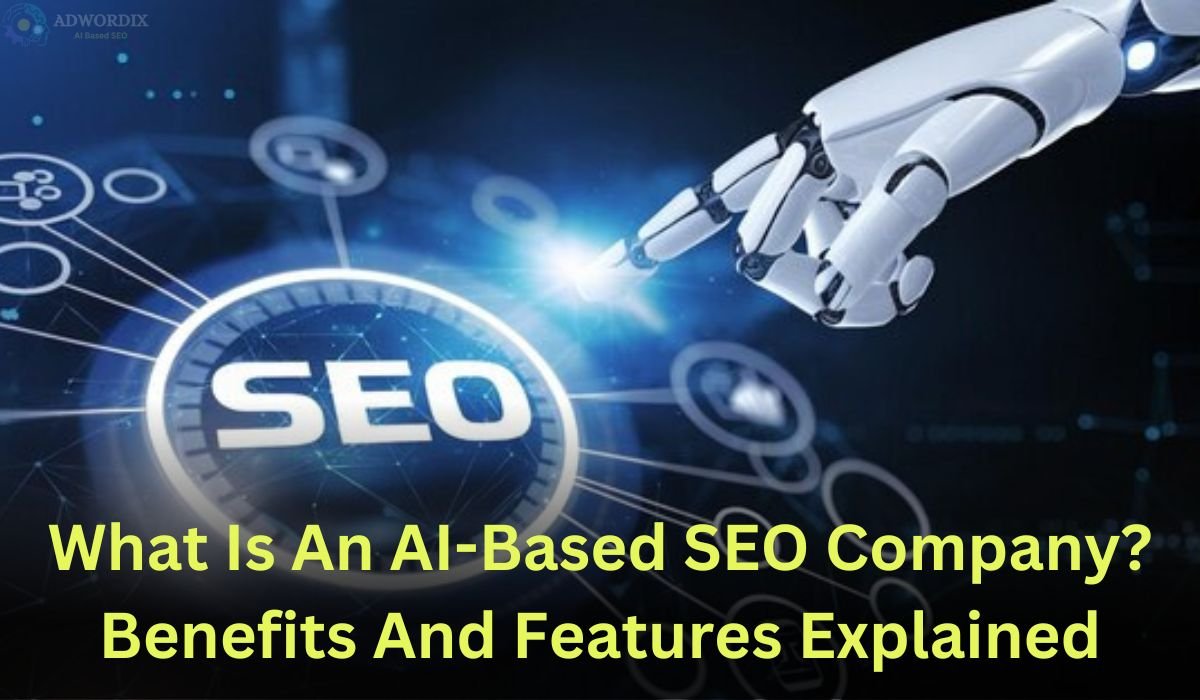In today’s fast-paced digital landscape, keywords are at the heart of effective SEO. They connect what people are searching for with the content you offer. To secure a spot on Google’s first page, understanding the different types of keywords in SEO and using them strategically is essential.
This blog will cover various keyword types, why they matter, practical examples, and tips to integrate them into your SEO plan. By the end, you’ll have a clear approach to attracting the right audience, driving quality traffic, and improving your search engine rankings.
Keyword Types Based on User Intent
Informational Keywords
Searchers use informational keywords to find information or answers to questions. These keywords typically start with interrogatives such as “how,” “what,” or “why.” Content optimized for these keywords should provide valuable, in-depth information that educates the reader and establishes the brand as an authority in the field.
Navigational Keywords
Navigational keywords signify the user’s search for a particular page or website. Examples include “Facebook login” or “Amazon customer service.” These keywords are crucial for brands as they reflect user familiarity and direct intent to interact with the brand or business.
Commercial Keywords
Commercial keywords signal that the user is considering a purchase and is looking to compare options or read reviews. These often include modifiers like “review,” “best,” “cheap,” or “comparison.” Businesses should target these keywords with content that guides users towards making purchasing decisions.
Transactional Keywords
These are the most conversion-focused keywords. Users typing these are ready to undertake an action, usually making a purchase. Examples include “buy iPhone 13 online” or “discount on yoga mats.” Here, the content should directly lead to sales channels or points of transaction.
Specialized SEO Keyword Types
Local Keywords
Local keywords are crucial for businesses operating in specific geographical areas. These keywords often include the location and help users find local services or products, such as “coffee shops in downtown NYC” or “bookstores near Central Park.” Optimizing for local keywords can significantly drive foot traffic and localized web traffic.
Local Keywords
Local keywords are crucial for businesses operating in specific geographical areas. These keywords often include the location and help users find local services or products, such as “coffee shops in downtown NYC” or “bookstores near Central Park.” Optimizing for local keywords can significantly drive foot traffic and localized web traffic.
LSI Keywords
Latent Semantic Indexing (LSI) keywords are thematically related to the primary keywords and help search engines understand the content better. They improve the website’s SEO by showing content relevance and depth. Examples include synonyms or related terms, which enhance the comprehensiveness of the content.
Evergreen Keywords
Evergreen keywords are relevant throughout the year and beyond. They drive consistent traffic by remaining significant over time. Content optimized for evergreen keywords needs regular updates to stay current and retain its SEO value.
Advanced Keyword Strategies
Advanced keyword strategies involve integrating various keyword types to create a comprehensive content strategy that addresses multiple user intents and stages in the customer journey. This approach can enhance a site’s visibility across a broader spectrum of queries and increase overall engagement and conversion rates. Such strategies go beyond essential keyword insertion, involving sophisticated techniques like semantic clustering, intent mapping, and predictive analytics.
Semantic clustering and intent mapping provide a sense of control in improving a site’s relevance in related searches. By grouping related keywords and developing content around these clusters, businesses can create a more cohesive and authoritative presence that resonates with a broader audience, giving them the power to shape their site’s relevance. Intent mapping requires understanding the different search intents—informational, navigational, commercial, and transactional—and creating tailored content that meets these needs. This method ensures that users find exactly what they’re looking for, which enhances user experience and increases the likelihood of conversion.
Predictive analytics, a proactive tool, uses historical data to predict future search trends. This allows marketers to adjust their strategies ahead of time, capturing emerging market opportunities and ensuring that a business remains relevant and competitive as search behaviors evolve. This forward-thinking approach gives professionals a sense of preparedness and control.
Furthermore, integrating structured data and schema markup enhances the visibility of your content on SERPs by creating rich snippets. These snippets are more engaging and can dramatically increase click-through rates by providing critical information directly on the search results page. Another advanced tactic involves strategically using secondary keywords to support primary terms. This supports SEO efforts by covering a more comprehensive range of related queries, which can pull in additional traffic that might not be captured by the primary keywords alone.
Conclusion
Understanding and implementing varied keyword types is foundational to crafting effective SEO strategies. By leveraging the full spectrum of keyword categories and tailoring content to meet users’ diverse requirements at various points in their search journey, businesses can maximize their online visibility and participation, which results in improved conversion rates and ROI. This holistic approach enhances the reach of their digital assets and aligns their material with the specific requirements of their audience, fostering better user engagement and customer retention. As search engines evolve, adopting a nuanced keyword strategy incorporating a mix of short-tail, long-tail, and LSI keywords can significantly boost a site’s relevance and authority in its niche. This adaptability ensures businesses remain competitive in the dynamic digital landscape, effectively capturing emerging trends and user habits to stay ahead of the curve. Additionally, by continuously analyzing keyword performance and adapting strategies accordingly, businesses can maintain a robust online presence that effectively drives traffic and conversions, reinforcing their market position and maximizing their return on investment.





